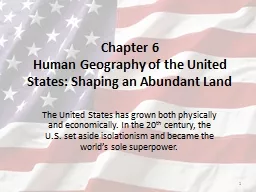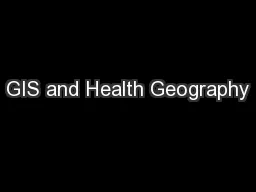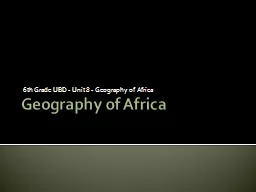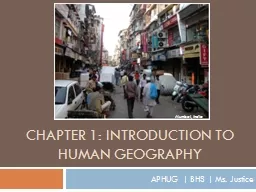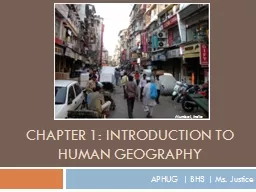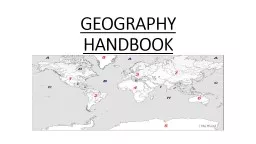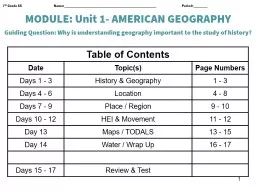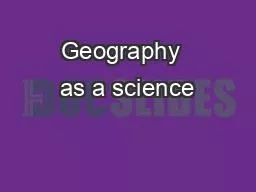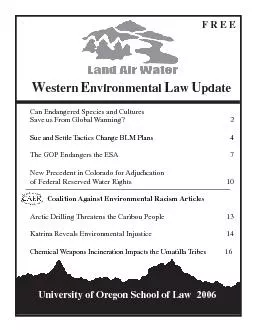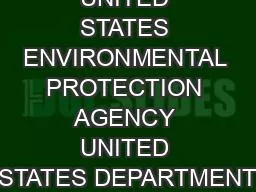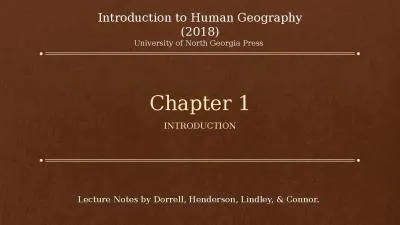PPT-Chapter 6 Human Geography of the United States: Shaping an Abundant Land
Author : kittie-lecroy | Published Date : 2019-11-23
Chapter 6 Human Geography of the United States Shaping an Abundant Land The United States has grown both physically and economically In the 20 th century the US
Presentation Embed Code
Download Presentation
Download Presentation The PPT/PDF document "Chapter 6 Human Geography of the United..." is the property of its rightful owner. Permission is granted to download and print the materials on this website for personal, non-commercial use only, and to display it on your personal computer provided you do not modify the materials and that you retain all copyright notices contained in the materials. By downloading content from our website, you accept the terms of this agreement.
Chapter 6 Human Geography of the United States: Shaping an Abundant Land: Transcript
Chapter 6 Human Geography of the United States Shaping an Abundant Land The United States has grown both physically and economically In the 20 th century the US set aside isolationism and became the worlds sole superpower. Vocabulary:. Imperialism. Icebox. Battleship. Surrendered. Spanish-American War. Introduction. The United States owned land from the Atlantic Ocean to the Pacific Ocean. But the United States had not finished growing. In 1867 the United States bought more land. In 1898 the United States owned even more land. How did the United States get more land?. Perspectives on health geography. Why Geography and Health?. As . Dr. Trevor . Dummer. . (2008) stated: . Geography and . health are intrinsically linked. Where we are born, live, study and work directly influences our health experiences: the air we breathe, the food we eat, the viruses we are exposed to and the health services we can access. The social, built and natural environments affect our health and well-being in ways that are directly relevant to health policy. Spatial location (the geographic context of places and the connectedness between places) plays a major role in shaping environmental risks as well as many other health effects. By: Cole David. Sam Littlefield. . Ronnie Julio. What is Traffic Shaping. Definition: Organizing and directing information within a computer network. When used correctly it can provide benefits to a network, such as.... Preview. African Geography. - . Africa is a large continent surrounded by oceans and seas. It is divided in two by the Sahara Desert. Sub-Saharan Africa is the region south of the Sahara Desert.. Farming, Herding, and Trade. APHUG | BHS | Ms. Justice. Mumbai, India. Key . Question 1.5. © 2012 John Wiley & Sons, Inc. All rights reserved. . What are geographic concepts, and how are they used in answering geographic questions?. La gamme de thé MORPHEE vise toute générations recherchant le sommeil paisible tant désiré et non procuré par tout types de médicaments. Essentiellement composé de feuille de morphine, ce thé vous assurera d’un rétablissement digne d’un voyage sur . APHUG | BHS | Ms. Justice. Mumbai, India. Key Questions: Chapter 1. 1.1 What is human geography? . 1.2 What are geographic questions?. 1.3 Why do geographers use maps, and . . what do maps tell us?. GEOGRAPHY HANDBOOK GEOGRAPHY HANDBOOK Objectives : The student will . . . 1. E xamine the five themes of geography. 2. Explore how they aid geographic observation and analysis 3. Identify some ways in which the geography of the United 7 th Grade SS Name: Period: MODULE: Unit 1- AMERICAN GEOGRAPHY Guiding Question: Why is understanding geography important to the study of history? Table of Contents Date Topic(s) Page Numbers Seminar. in . geography. Presentation. No. . 2. Mgr. Soňa Patočková. SOŠ a Gymnázium Staré Město. 2011. 1. Content. What. . is. . geography. ?. Definition. . of. . geography. History. . The 24th Annual Environmental Law Conference will take place March 2-5, 2006 at the Univer-sity of Oregon School of Law (1515 Agate St.). The oldest and largest conference of its kindpromises to live STATES ENVIRONMENTAL PROTECTION RESPONSIVENESS SUMMARY STATES DEPARTMENT MATERIALS PRODUCTION of the budget provisions Consent Agreement a good fund work should require an acknowledgement not complied Deepayan. . Chakrabarti. Erik . Vee. Traffic Shaping. 2. Which article summary should be picked?. Ans. :. . The one with highest expected CTR. Which ad should be displayed?. Ans. :. . The ad that minimizes . Introduction to Human Geography (2018). University of North Georgia Press. . Chapter 1: Introduction. STUDENT LEARNING OUTCOMES. By the end of this section, the student will be able to:. Understand.
Download Document
Here is the link to download the presentation.
"Chapter 6 Human Geography of the United States: Shaping an Abundant Land"The content belongs to its owner. You may download and print it for personal use, without modification, and keep all copyright notices. By downloading, you agree to these terms.
Related Documents

